I recently attended the 2013 Happiness and It’s Causes Conference held at the Melbourne Exhibition and Convention Centre. Given that the 2012 Conference sparked my current PhD journey and planned career path, I was in high anticipation to experience the 2013 event – especially as a number of pivotal figures in Positive Psychology would be both keynote speakers and presenters (yes, I was a groupie and got pictures; even more exciting was to have positive feedback from Todd Kashdan regarding my research – was tickled pink/yellow….)
From listening to the Gyuto Monks of Tibet, to words of wisdom and compassion from the Dalai Lama, to meeting people from all over Australia, the four days was an intellectual/emotional/physical feast of learning, growing, and reflecting.
As you may know, I am a slight/extreme nerd and took copious notes. However, the good news is that I have compiled some of the key points, exercises that YOU can start using today (and ones that have the support of science!), as well as some bloopers from the conference.
Some Key Points:
- Professor Ed Diener:
- The Happiest people ALL have close, supportive friends – no exceptions.
- Having high subjective well-being CAUSES (this one is BIG in the science world) better health, longevity, social relationships, high income and work performance
- How do we get subjective well-being?
- Decrease in negative feelings through meditation, increasing resilience
- Seek more positive feelings through:
- Short cut methods: drugs, sex, alcohol, luxury purchasing (THIS IS NOT SUSTAINABLE!)
- Sustainable approaches: deep relationships, creating meaning and purpose in your life, and developing / using skills important to you
- Professor Todd Kashdan, Michael Leunig, Dr Russ Harris, Dr Craig Hassed
- Adversity (failure/hardship) is unpleasant and painful. Nevertheless, it teaches us about ourselves, we can learn and grow, gain wisdom, resilience and clarity.
- Professor Carol Dweck
- Carol built upon the adversity theme by discussing how we need to encourage growth mindsets instead of fixed mindsets, especially in our children.
- Growth mindsets view difficulty as a good thing! You can teach kids that if they are finding something difficult, they are training their brain muscle – just like they would muscles in their body.
- Difficulty = new neurons + connections = becoming smarter/learning/changing brain
- Carol built upon the adversity theme by discussing how we need to encourage growth mindsets instead of fixed mindsets, especially in our children.
- His Holiness The Dalai Lama
- We can learn lots of lessons from children. Children don’t differentiate based on differences (e.g. skin colour), they just play. We place too much emphasise on differences and this creates distance
- Look inside; peace of mind comes from the heart
- Education that incorporates life skills such as compassion, resilience, developing social support networks, in conjunction with reading, writing, numbers, is how we will create a better future.
- Father Bob Maguire
- Our most important resource? Our children. Our most important intervention? Education
- Nic Marks
- “The end is INSIGHT” – only if insights are created, generated, and acted on, will change happen.
- Carl Honore
- Delicious paradox of slow: When you slow down, you actually heal faster/think faster (meditation etc)
Simple exercises YOU can start using TODAY!
- Taking in the Good
- Professor Todd Kashdan used the analogy that evolution has installed software in our brain that ensures negative events are like Velcro and positive events are like Teflon. You know how you are having an awesome day and then someone cuts in front of you at the lights and it ruins your good mood?
- Taking in the good helps us to install positive software, and reprogram our neural architecture so that positive experiences become more like Velcro.
- Instructions for use:
- Look for positive facts, accomplishments or energizing experiences from the past 24hrs.
- Sustain this experience for 10 seconds
- Feel it in your body and with all your emotions
- Intend for the experience to soak into your brain and body. This means you are registering the experience deeply within your emotional memory.
- The Third Space: Reflect/Rest/Reset
- Dr Adam Fraser talked about managing the gap between Event A and Event B (e.g. going from work to home) and how we can perform better, not bring our shit home and take it out on the family, and generally transition more successfully. This is how:
- Reflect – How do i interpret what happened to me today? What went well today? – You could even use the ‘Take in the Good’ exercise!
- Rest – can I be still and present? Take a few moments to breathe deeply, do a sudoko on the bus, be mindful of how you walk home, have a shower and feel the water wash away the day.
- Reset – how will I show up?
- Use a doorframe to literarlly ‘reframe’ your mindset
- How do you want to be when you walk in and say hi to your kids?
- Leave your baggage on the otherside of the door!
- Taking a nap!
- Thea O’Conner discussed the importance of napping before you snap; we are biologically programmed to have dips in alertness at 3am and early afternoon. By taking a power nap, we can decrease workplace accidents, increase productivity and reap some of the following benefits:
- Power of 10min nap = increased efficiency, alertness, improved memory
- Power of 20min nap = improved muscle memory
- Power of 60min nap = verbal memory
- Power of 90min nap = visual memory and enhanced problem solving
- Thea O’Conner discussed the importance of napping before you snap; we are biologically programmed to have dips in alertness at 3am and early afternoon. By taking a power nap, we can decrease workplace accidents, increase productivity and reap some of the following benefits:
- Take a speed audit
- Carol Honore says to ask yourself ‘are you going at the right speed? Do you need to channel your inner tortoise?!’
- Take time to appreciate other speeds; moments are important and provide the building blocks for our emotions
- By slowing down, you actually become more productive (quality vs. quantity)
- Carol Honore says to ask yourself ‘are you going at the right speed? Do you need to channel your inner tortoise?!’
Amusing comments made during the sessions
- Dr Russ Harris
- Scene: Russ was unfortunately suffering from a cold during the conference.
- “It never ceases to amaze me how much snot the human body is able to produce. We have invented blood transfusions, why not snot transfusions?!”
- Professor Todd Kashdan
- We are all beautifully complicated and complex…. And sometimes an emotional smoothie.
- Dr Michael Carr-Gregg
- “The more letters you have after your name, the less able you are to communicate with others”
- His Holiness the Dalai Lama in conversation with Professor Jayashri Kulkarne
- Jayashri: I am a psych
- His Holiness: Do you think it is wrong how I think?
- Jayashri: I think the psych profession would be out of business if everyone thought like you. ..
- His Holiness the Dalai Lama:
- Why fear death? If you are Christian or Muslim, you go to heaven. If you are Buddhist – you reincarnate. So no problem, no need to fear death. It is the same concept as getting a new dress; if your dress is old and worn out, you go and get a new one. You go and get new body either through reincarnation or going to heaven. Hmm, small problem though if you go to hell… Maybe then it is OK to be scared of death.
- If you are running away from a bear and stop to admire the view, this is stupid happiness.
- Father Bob Maguire
- Canberra is the greatest asylum in the world. I say that with all due respect…
- Theo O’Connor
- Get down to get up, you can literally sleep your way to the top!


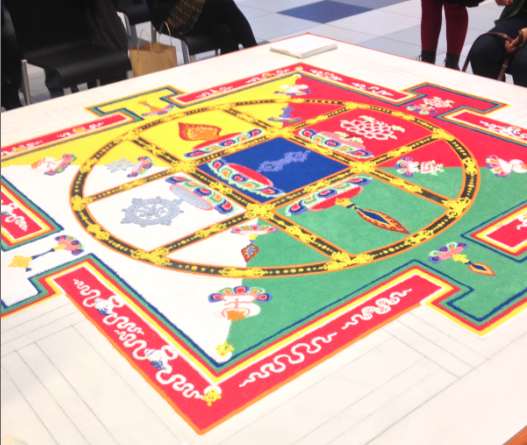
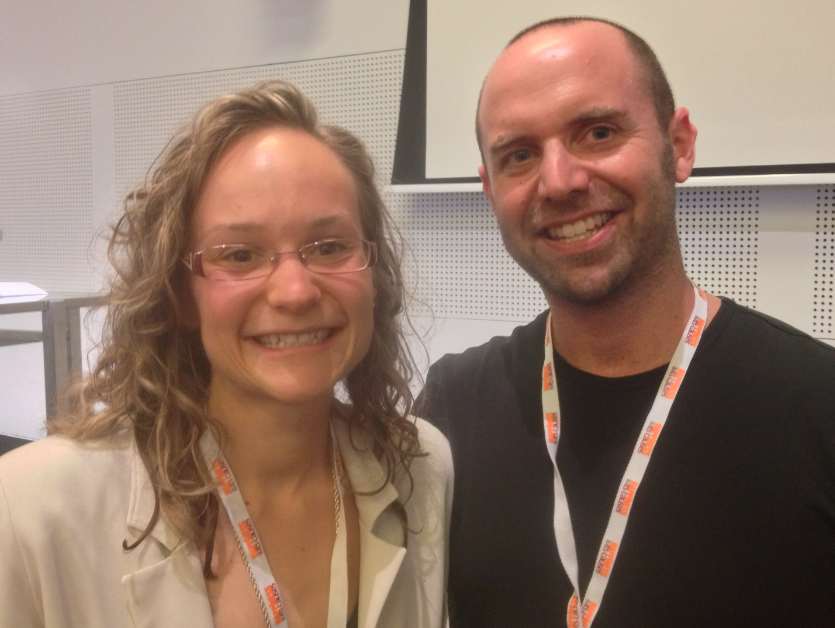
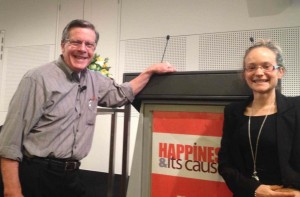
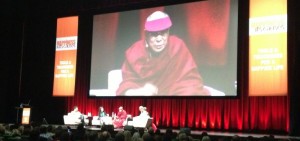
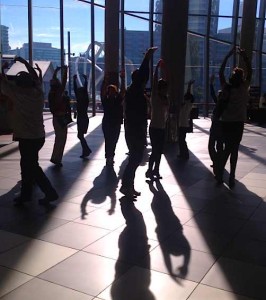

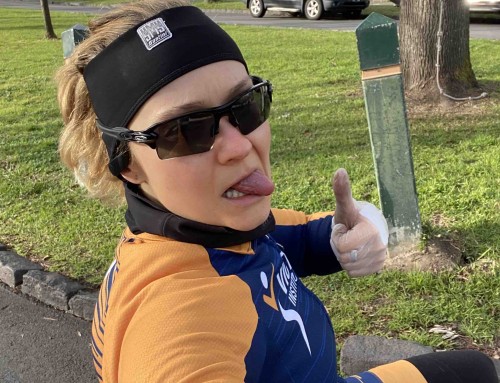
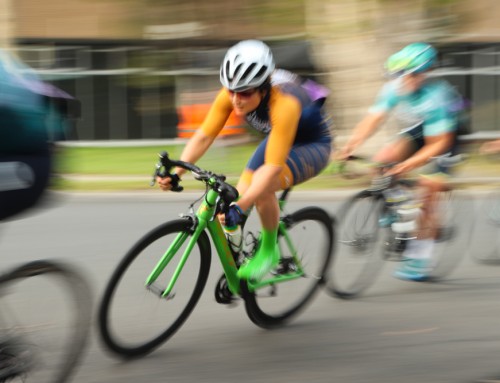
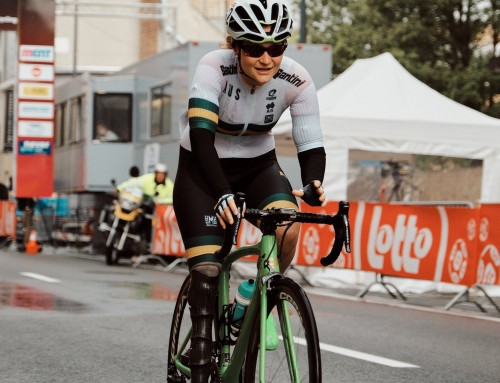
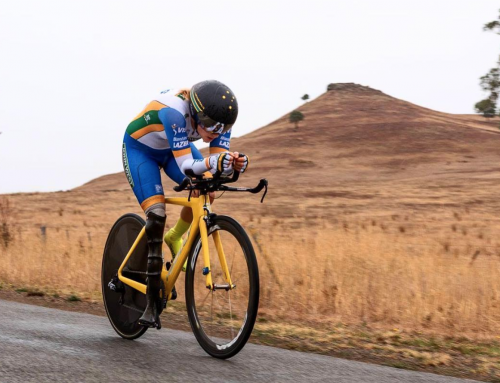
Leave A Comment